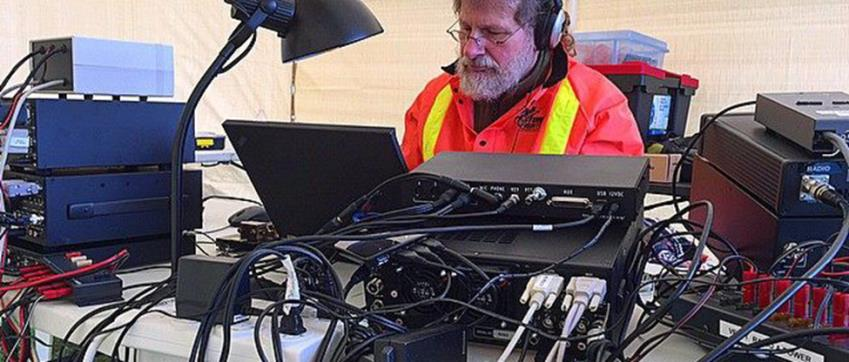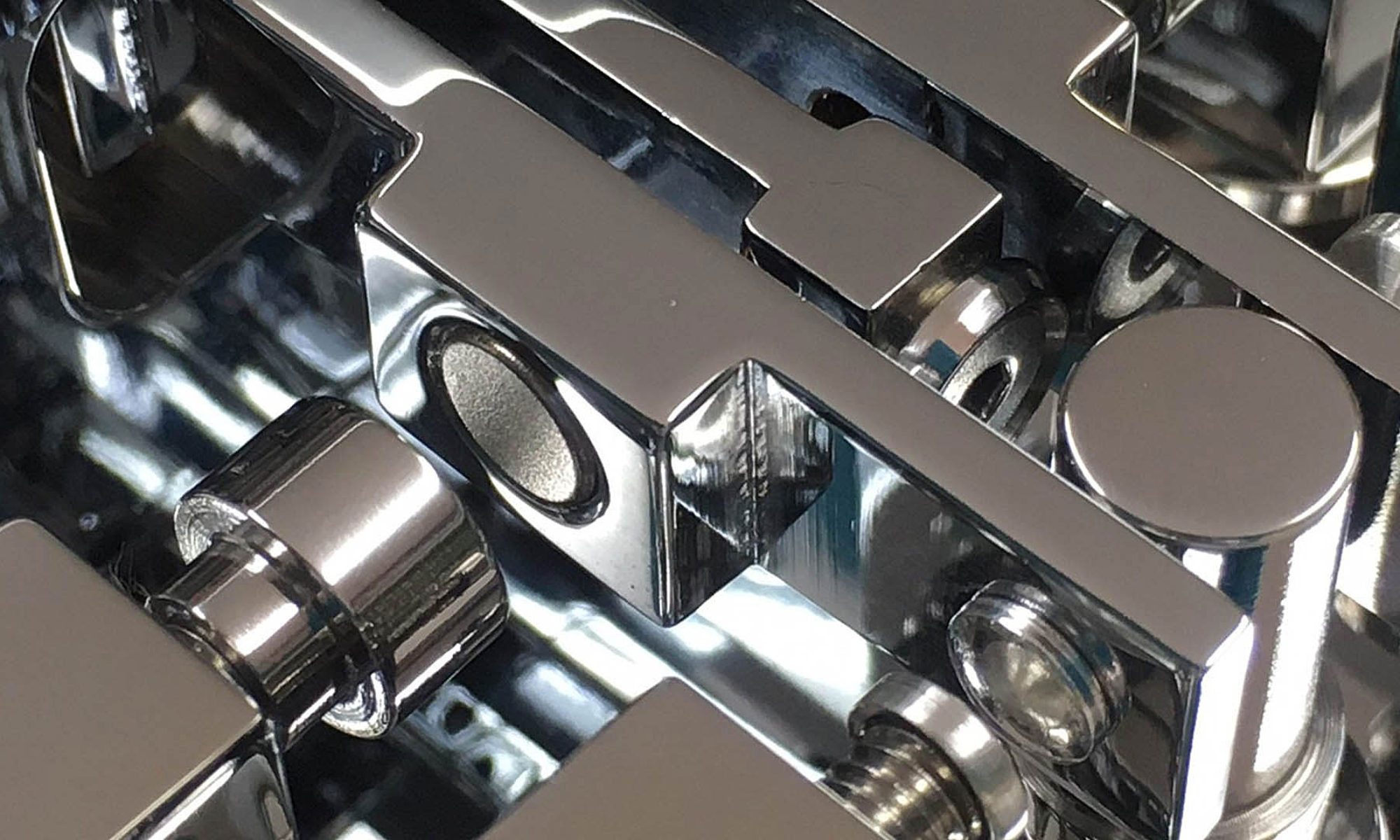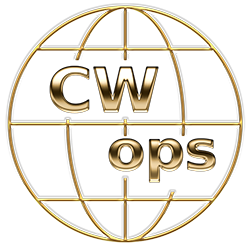
Thank you to Rich VE3KI for nominating me and others who sponsored me, as well as Trung W6TN and Tim K9WX for all you do in making new members feel welcome. The thing I value most about ham radio are the friendships and comradery with those interested in my favourite aspects of the hobby.
Fred Robinson, VE3GCP, set me on a path not only to CW, but to my education as an EE, when he taught Morse code to a bunch of boy scouts in 1967. It was the Summer of Love but instead of going out on a date, Fred spent the early part of Friday evenings for several weeks cleaning contacts, debugging our oscillator assembly errors and helping a group of young guys learn the code. Ken Warner VE3DYO (SK), my high school English teacher, helped me make CW contacts on the school station, which included his own Heathkit DX-40, before I was old enough to get a station callsign – at that time Canada required all station owners to be 15 years of age.
The local Hamilton Ontario amateur radio club had a Field Day tradition of one station for each band and mode, and my first time at FD I got to sit beside Rae Baker VE3CZN (SK), a talented phone contester who got me hooked. I logged but couldn’t hear the jumbled mess that was 20m sideband as selectively as he could. At the age of 14 it was great sitting up all night making contacts (even if they were phone), and about 4 am he poured each of us a rum and coke. I needed a sleep in the back of the car, but was back for more next year when my high school buddy and I talked the club executive into taking a chance by giving two kids a shot at 40m CW. We worked over 500 Qs, pounding brass and logging on paper, using my NC300 and DX-60.
I was hooked on CW contesting. With only a 40m dipole at my parents’ house, I was limited to 40 and 15. At university, when I felt I had time, I did some contesting with the school station and later put up a quad at my first house. By 1982 my career, babies and an interest in duathlon (run-bike-run) and marathons squeezed out ham radio for a while.
In 2012 I refocused on ham radio and my friend Eric VA3DZ invited me to an ARRL Sweepstakes CW multi-op. My CW had atrophied so some training was required. Sometimes, while taking a break for half an hour of Morse Runner in the middle of the workday, I’d think, “This is so realistic, why do I have all that expensive HF gear?” My ham friends brought me back to the real world when I emailed them that I just worked ON4UN on Morse Runner.
Earlier this year I retired from the University of Waterloo where I directed the Institute for Computer Research, so maybe I’ll finally get a decent tower up. The Thursday night NS Sprint is a weekly habit and I’ve recently started doing the CWTs.
Two years ago, I met a young man at Dayton, near the Begali booth. His passion was CW pedestrian mobile and he built an ingenious arm for his ALICE pack that held a KX3 in front of him, where he could easily access the paddle. He credited the CWops CW Academy with improving his CW and was enthusiastic about getting others to do the CWTs. CWops should be very proud of its impact.
This biography is what appeared in Solid Copy when the member joined CWops.
